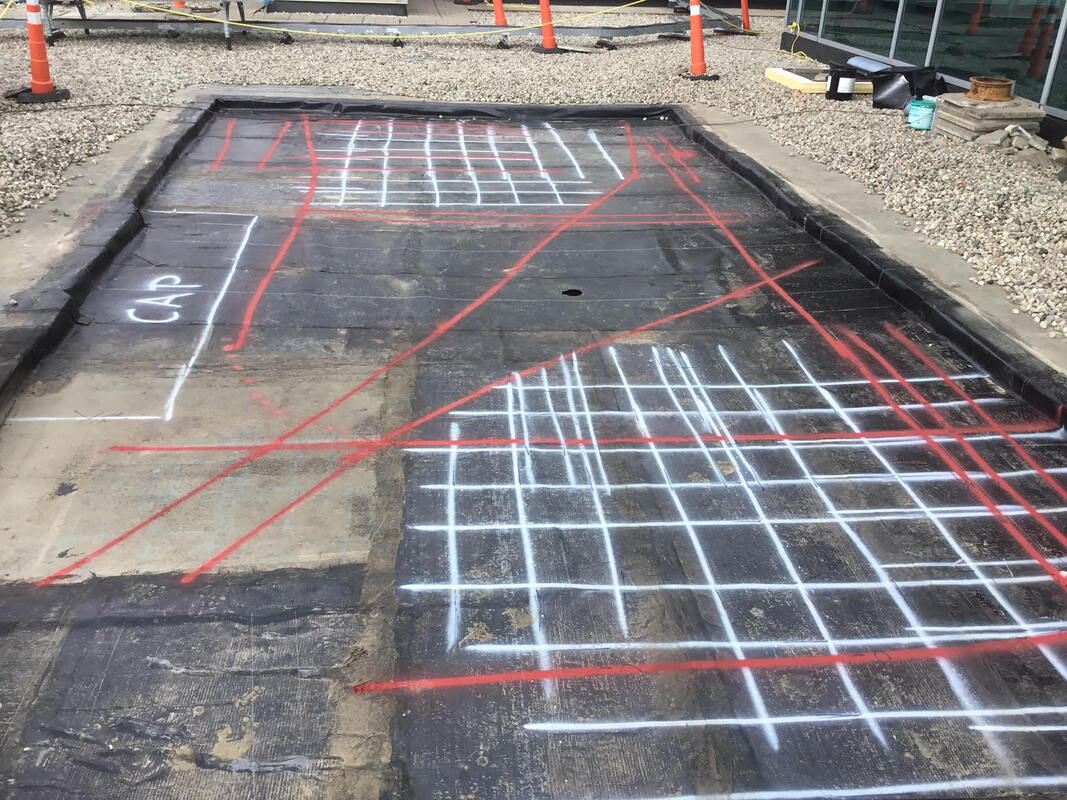RainierGPR Service Areas: Specialist Concrete Scanning in Your Area
Concrete Scanning: An Essential Step In The Direction Of Guaranteeing Architectural Honesty and Safety
In the realm of construction and infrastructure maintenance, the value of concrete scanning can not be overstated. By using sophisticated innovation and techniques, concrete scanning serves as a crucial device in guaranteeing that the integrity and safety of bridges and buildings are upheld to the highest possible requirements.
Importance of Concrete Scanning
Concrete scanning plays an important function in guaranteeing the architectural honesty and safety and security of structures and facilities projects. By making use of advanced technologies such as ground-penetrating radar (GPR) and electro-magnetic induction, professionals can non-destructively inspect concrete frameworks to discover potential defects, gaps, ingrained items, and reinforcement design. This procedure enables early discovery of anomalies that might endanger the security of a structure, stopping expensive damages and making certain the safety of owners.
Before boring, cutting, or coring right into concrete, scanning aids determine the exact places of rebar, post-tension cables, and other ingrained aspects, minimizing the threat of unexpected hits that could lead to architectural weak points. In addition, concrete scanning aids in high quality control by confirming the density of concrete covers and detecting any type of inconsistencies that may influence the overall durability of the structure.
Modern Technology for Concrete Examination

Benefits of Early Detection
Timely discovery of architectural concerns can considerably minimize threats and ensure the longevity of building and construction tasks. By determining prospective problems early in the building and construction procedure, stakeholders can take proactive steps to attend to concerns prior to they rise right into bigger and more costly problems. Among the essential benefits of early detection is the avoidance of architectural failings, which can pose serious safety risks and result in job delays and financial losses.
Furthermore, early detection permits prompt fixings and maintenance, which can assist prolong the life expectancy of the structure. By dealing with issues quickly, construction teams can stay clear of expensive repair services and even the demand for early replacement of architectural elements. This positive strategy not just conserves time and money but additionally improves the general security and toughness of the building and construction project.
Additionally, very early discovery can boost task preparation and decision-making by giving stakeholders with useful insights into the problem of the structure. Equipped with this info, job supervisors can make informed choices concerning construction techniques, materials, and timelines, leading to more successful and reliable job end results.
Making Certain Architectural Security
Guaranteeing the structural stability of a building task is vital to its safety and long life. Architectural stability refers to the ability of a structure or facilities to maintain its kind and function under ecological problems and numerous loads. To attain this, extensive assessment and surveillance of the framework are crucial. Concrete scanning plays a crucial duty in ensuring structural security by spotting possible concerns sites such as gaps, delamination, or support corrosion that might compromise the honesty of the framework over time.
By making use of innovative scanning modern technologies like ground-penetrating radar (GPR) and electro-magnetic induction, building and construction specialists can non-invasively check concrete structures to determine areas of issue under the surface. This proactive method permits the very early detection of defects or weak points, enabling prompt repairs or reinforcement to prevent architectural failings.
Routine concrete scanning during different construction stages and throughout the life cycle of a structure can aid preserve its stability, reduce dangers, and guarantee the safety of occupants. By prioritizing structural stability with concrete scanning, building projects can enhance their resilience and sturdiness, ultimately adding to higher safety go and durability.

Protecting Against Vital Failures
To protect versus disastrous occasions, meticulous tracking and aggressive maintenance are necessary in averting important failings within structural frameworks. Discovering prospective problems prior to they escalate is vital to avoid architectural failures. Executing regular examinations, such as concrete scanning, can disclose concealed defects like spaces, splits, or deterioration that can compromise the stability of a framework. By utilizing innovative scanning innovations like Ground Penetrating Radar (GPR) or Concrete X-ray, designers can non-destructively analyze the condition of concrete and determine weak points that need support or repair - RainierGPR Service Areas.

Conclusion
In final thought, concrete scanning plays a vital function in making sure structural stability and safety and security by making use of advanced technology for very early discovery of prospective concerns. This proactive method assists protect against essential failures and makes sure the stability of structures. It is important to prioritize concrete assessment as a typical practice to safeguard the longevity and safety of structures and framework.
Concrete scanning plays a crucial function in guaranteeing the architectural integrity and security of structures and infrastructure jobs. In addition, concrete scanning aids in top quality control by verifying the thickness of concrete covers and discovering any type of inconsistencies that may influence the general longevity of the structure. Concrete scanning plays a vital duty in ensuring architectural stability by identifying possible problems such as spaces, delamination, or reinforcement corrosion that might endanger the honesty of the structure over time.
In verdict, concrete scanning plays an essential duty in making certain architectural honesty and security by using sophisticated innovation for early detection of potential concerns.